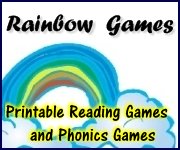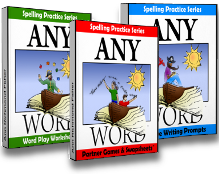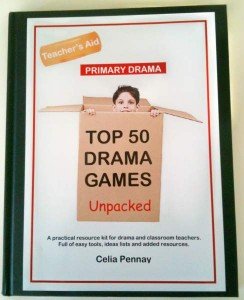How to Write News Articles
Creative Classroom Presentations
 Learning how to write news articles for creative classroom presenations helps kids practice the elements of solid paragraphs. Get ready to unleash the next great investigative reporters!
Learning how to write news articles for creative classroom presenations helps kids practice the elements of solid paragraphs. Get ready to unleash the next great investigative reporters!
When you write news articles from a multiple intelligence approach, you are differentiating instruction for each student. You are using creative writing activities to reinforce improved writing skills through the ways each child learns best. We all prefer to write about what interests us most. Let's take a look at writing news articles through the lens of the nine ways of being smart. These suggestions are simply that: suggestions to stimulate your thinking as you assist students in selecting topics that match their natural preferences.
How to Write News Articles for Multiple Intelligence Presentations
- Verbal-Linguistic: write book reviews; create a display of dust jackets for the latest novels
- Spatial: interview a local artist; display samples or pictures of their work
- Bodily-Kinesthetic: interview a local sports coach; prepare a video of highlights of a game or event
- Logical-Mathematical: write an investigative article on rising prices in the neighborhood stores; create graphs to accompany the article
- Interpersonal: write human interest articles featuring community residents; add appealing photos
- Intrapersonal: write an advice column; add appropriate graphics
- Musical: interview a local musician or radio personality; play accompanying music or clips for the class
- Naturalist: research and write a five day weather forecast; create an accompanying forecast chart
- Existential: interview a local religious leader or counselor about specific issues facing the world today; add photos or create appropriate illustrations
How to Write News Articles: Who, What, Why, Where, When, and How!
 Those standard questions of the press make a perfect outline for how to write news articles in paragraph form! From that point, students may add transitional words and phrases to link individual paragraphs into feature length articles. See this page for information on how to teach the parts of a paragraph. Once your class has mastered this basic building block of a news article, you're ready to go!
Those standard questions of the press make a perfect outline for how to write news articles in paragraph form! From that point, students may add transitional words and phrases to link individual paragraphs into feature length articles. See this page for information on how to teach the parts of a paragraph. Once your class has mastered this basic building block of a news article, you're ready to go!
Pre-writing:
- Step 1: Will you assign article topics to your students? Or will you allow self-selection? Once you make this decision and your students have identified their topics of interest, it's time for them to put on their reporters' hats! Organize note cards on sheets of paper into six headings: who, what, why, where, when, and how. As students gather research to answer each heading, the notes they take will form the gist of each paragraph.
- Step 2: Model for students how to take the information under each heading and write it into paragraph structure. For each paragraph, include a topic sentence, supporting sentences, and a concluding sentence. From six basic questions, students will generate six paragraphs.
- Step 3: Model for students how to use the very basic information from who, what, why where, when, and how to create an introductory paragraph for the news article. Then link the paragraphs together with transitional words and phrases. This is a good time to use peer revision, as kids read their articles aloud to partners, listening for and then rewriting weak areas.
- Step 4: Make any corrections necessary in spelling, punctuation, and grammar. Prepare clean copies!
- Step 5: Have students share their completed news articles. Paired with the accompanying projects mentioned above, Journalism 101 becomes an enjoyable afternoon of displaying intrepid reporting skills! As your class learns how to write news articles, you may be sowing the seeds for the next Pulitzer Prize winner! You never know!
Return from How to Write News Articles to Creative Writing Activities
Return from How to Write News Articles to Creative Writing Ideas and Activities
Helping You Write Across the Curriculum!
copyright 2009-2013 www.creative-writing-ideas-and-activities.com
Our Most Popular Pages
5. Writing a Personal Narritive
10. Elements of Persuasive Writing
Recommeded Resources:
AnyWord(TM) Spelling Practice Series!
Worksheets, games and activities to use with any spelling words. Three volumes in all!
Stop Essay Pain!
LitWorks.com
Resources to help students prepare for literature examinations.
Teach Kids Drama!








